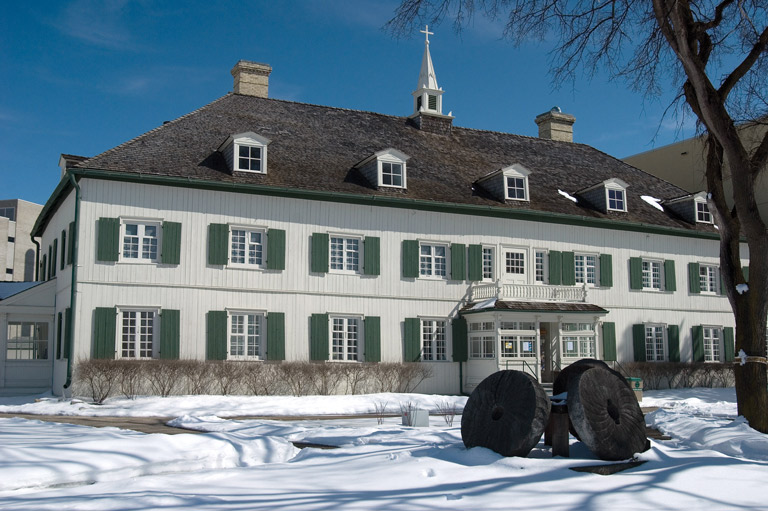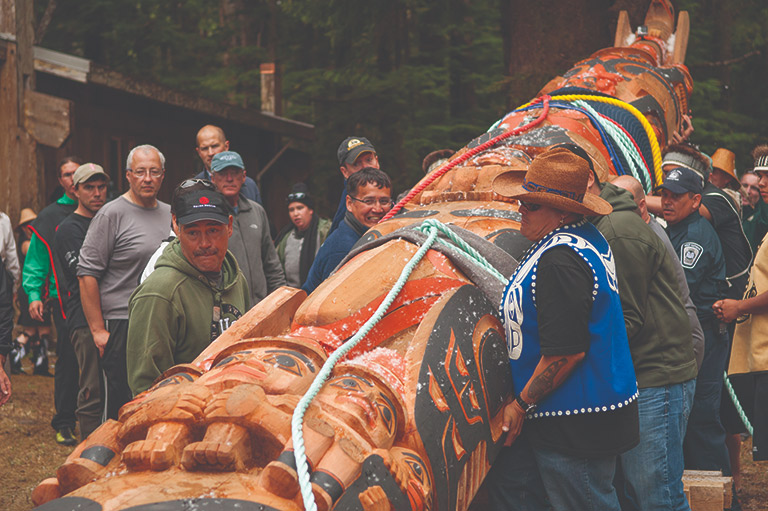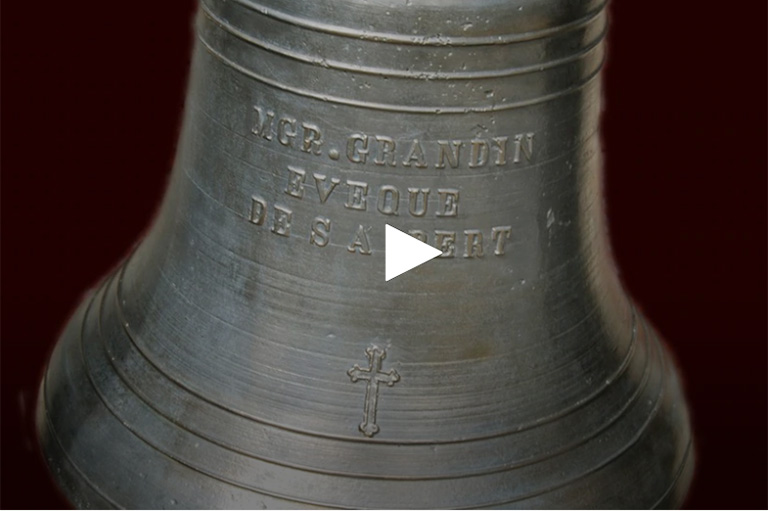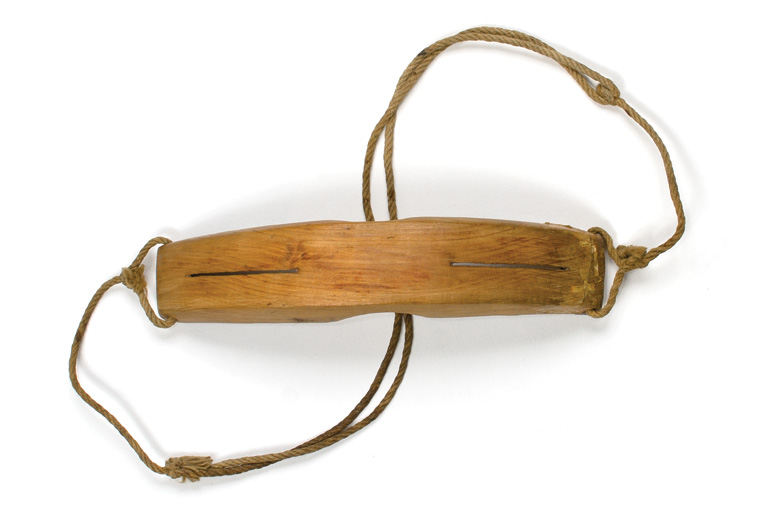Mikak’s Improbable Journey
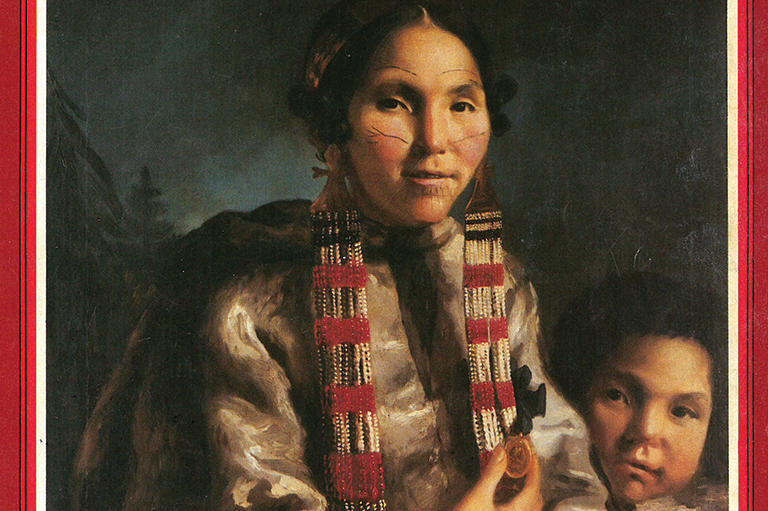
It’s the remarkable and unlikely story of an Inuk woman in the eighteenth century who travelled to England against her will and became an essential figure in diplomatic relations between European traders and Indigenous peoples.
A feature story in the Winter 1983 issue (part 2 appears in the Spring 1984 issue) of The Beaver tells the story of Mikak, one of the first Inuit women to appear in colonial archival documents and one of the earliest Indigenous figures in Canadian history whose life is documented.
Mikak’s story of European contact begins with “violent and tragic events” in November 1767, when she and eight other Inuit were attacked by British marines near Chateau Bay in Labrador. The attack was carried out as retribution after a different group of Inuit had waged an earlier attack at a British whaling post in the area, resulting in the death of three Englishmen.
Some of the Inuit in Mikak’s group were killed, while others, including Mikak and her son, were kidnapped. While detained, Mikak began to learn basic English from an English commander, and she, in turn, taught the commander some words in the Inuktitut language.
In 1768, while Mikak was still imprisoned, she was introduced to Commodore Hugh Palliser, the governor of Newfoundland and Labrador. Palliser was working to improve relations between Labrador Inuit and European traders, and he found Mikak to be “very intelligent.” He arranged for Mikak and her son to sail to England and hoped that by showing her the “power, splendor and generosity of the English nation” it would help to improve those relations.
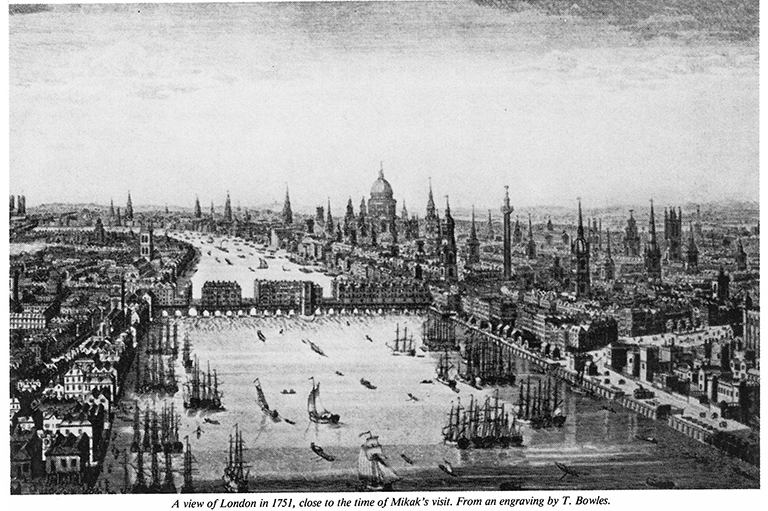
While in London Mikak learned to speak fluent English. She met and even dined with members of the aristocracy and the royal family, who “were taken by her beauty and charm.”A portrait of her and her son was commissioned while she was in London and painted by English artist John Russell.
Mikak returned to Labrador in 1769, where she played a major role in the Inuit allowing Moravian missionaries to establish a permanent settlement in the region.
At Canada’s History, we highlight our nation’s past by telling stories that illuminate the people, places, and events that unite us as Canadians, while understanding that diverse past experiences can shape multiple perceptions of our history.
Canada’s History is a registered charity. Generous contributions from readers like you help us explore and celebrate Canada’s diverse stories and make them accessible to all through our free online content.
Please donate to Canada’s History today. Thank you!
Themes associated with this article
Advertisement

